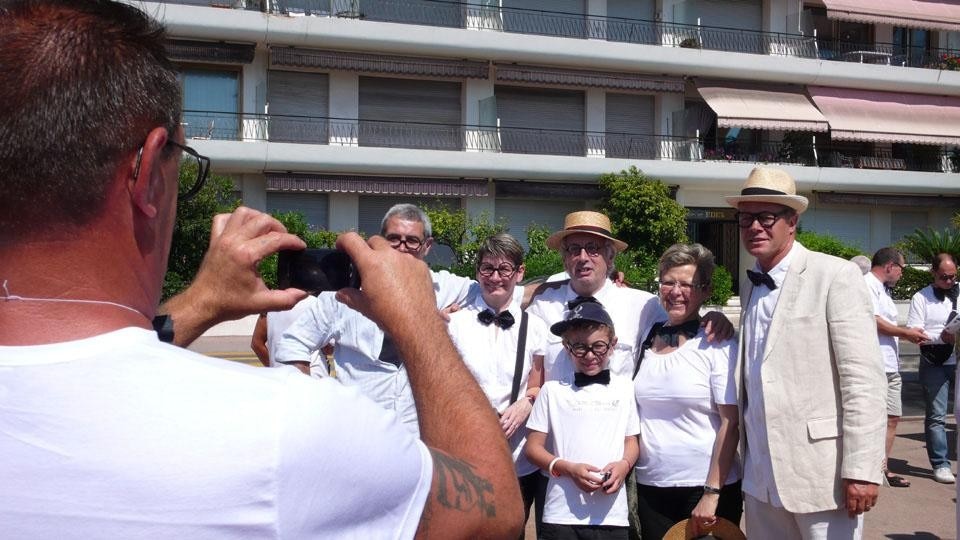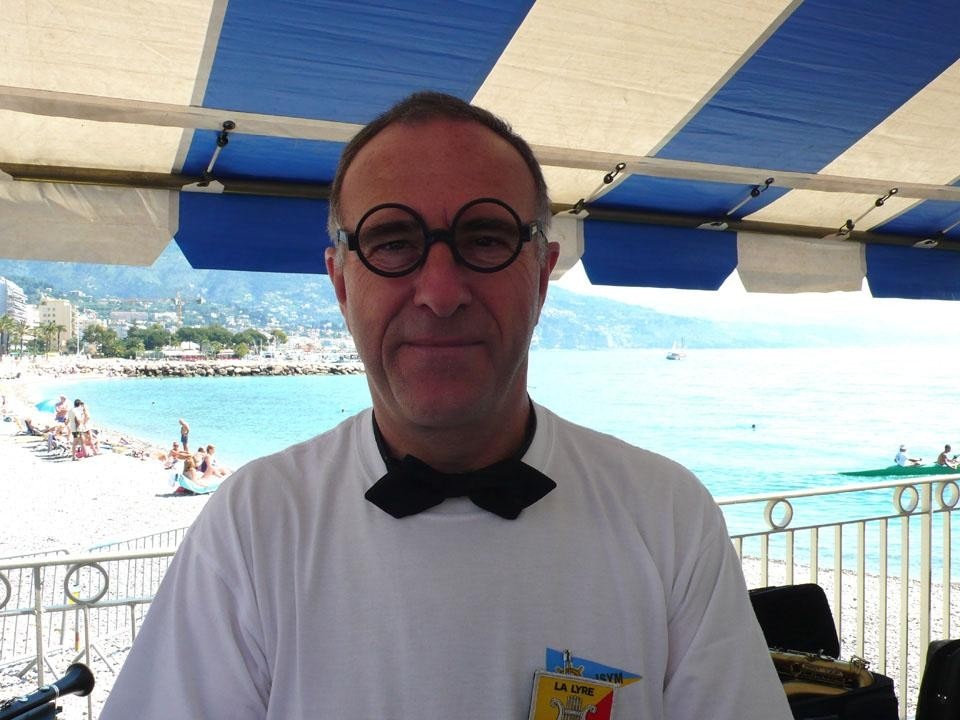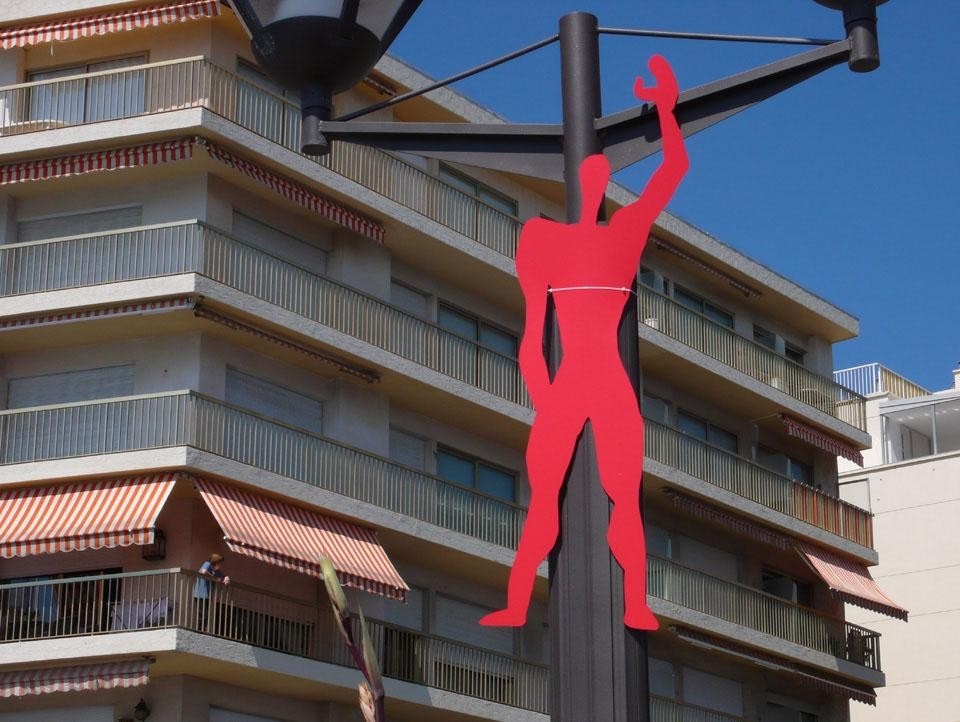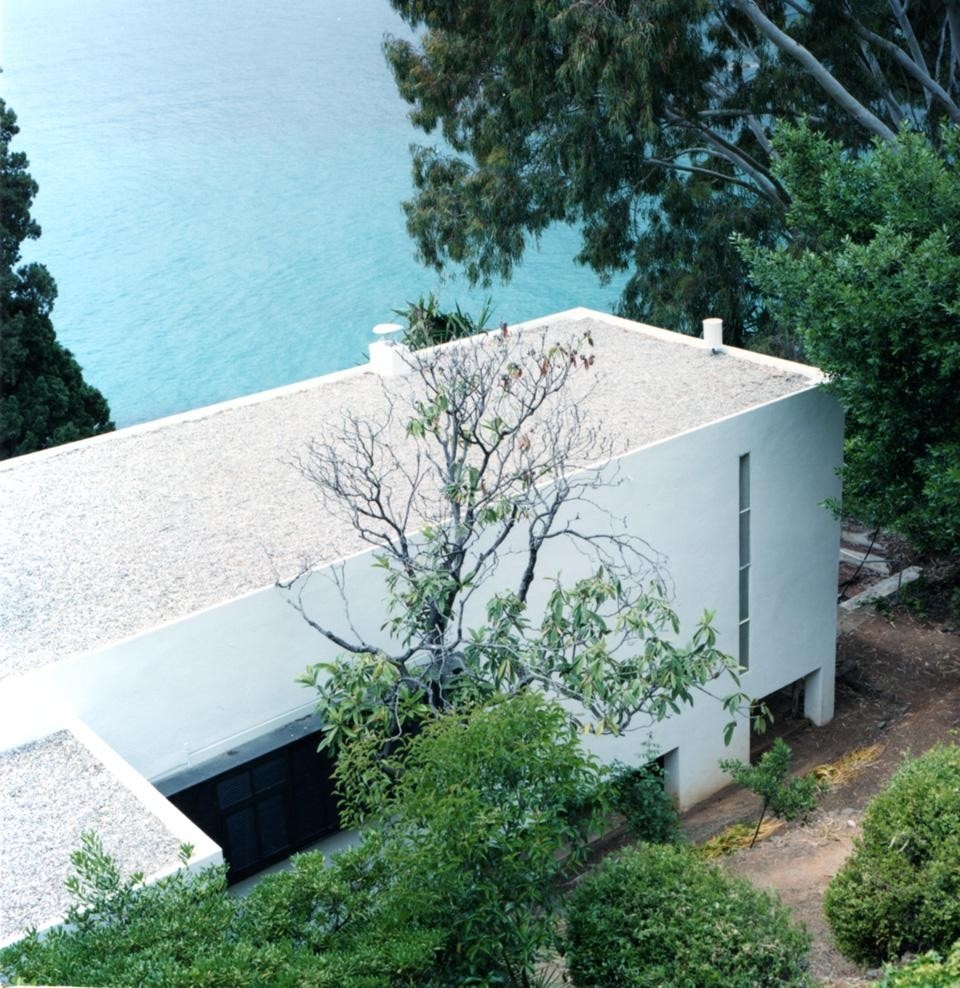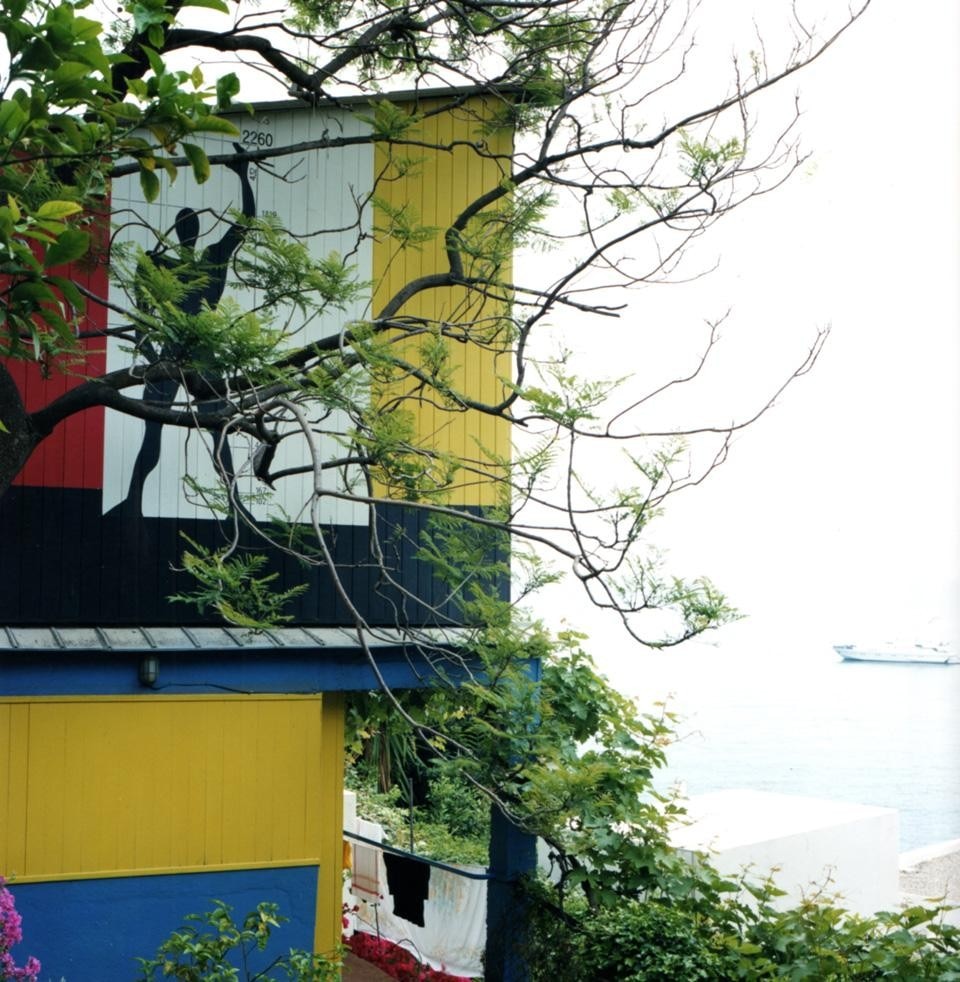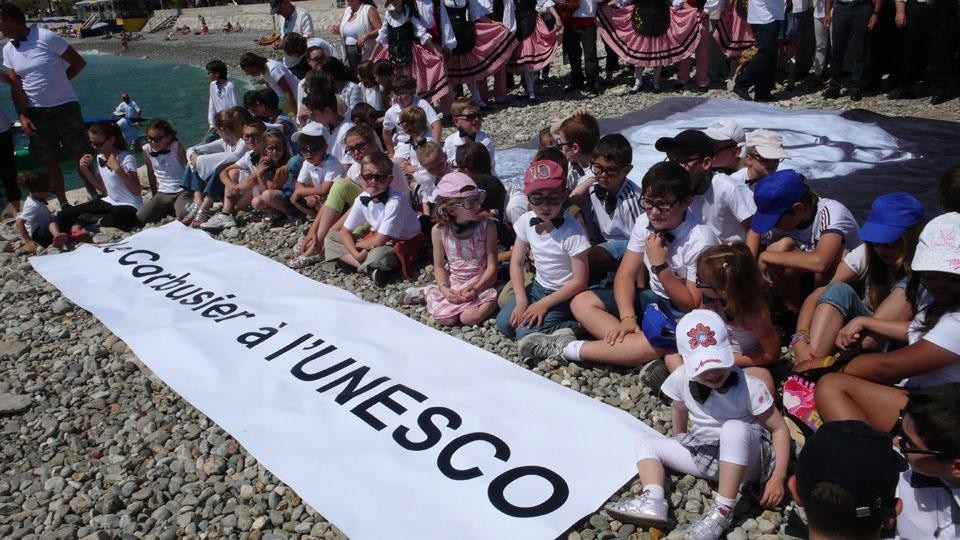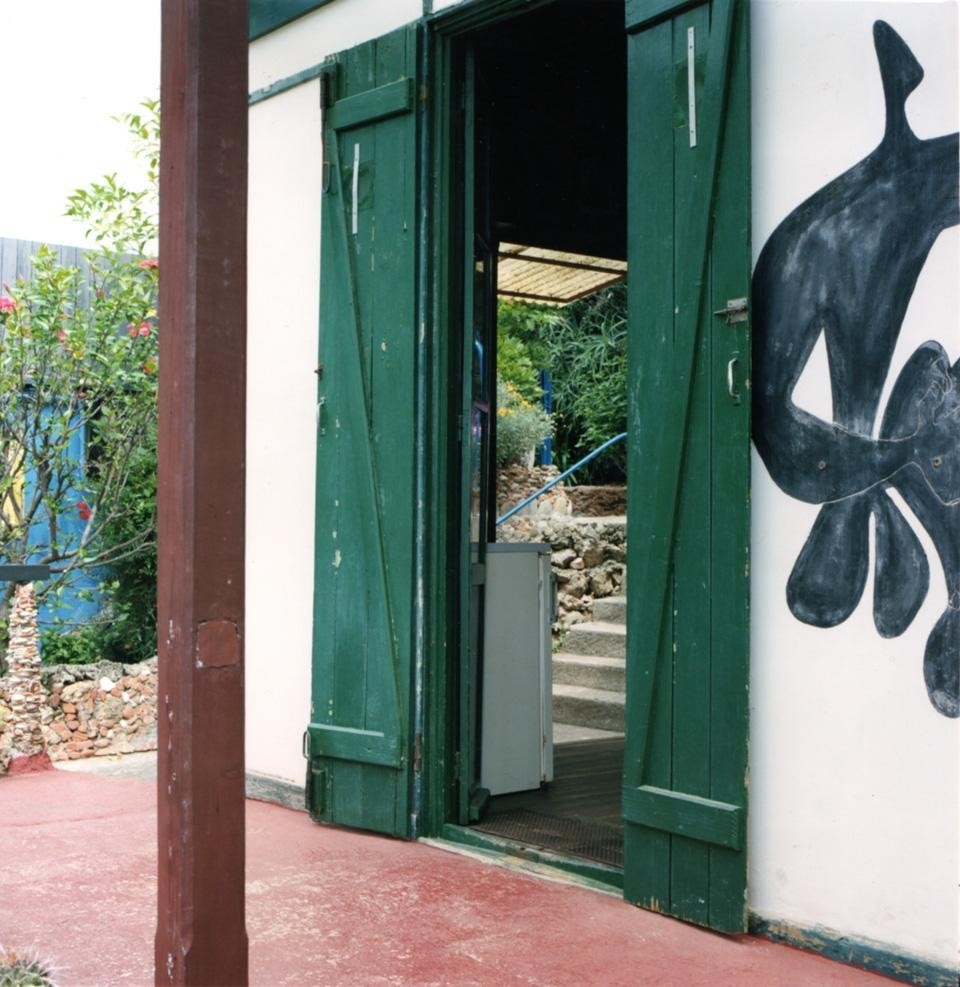Gathering on the pier around a poster of LC for an aerial photograph, they are a clear sign of the popular and political desire to become a UNESCO site. My eyes are searching for Robert and Magda—no easy task in a multitude of Le Corbusiers—when a Pompeiian-red jacket appears between two Modulor cut-outs. It is him, Robert Rebutato, the son of the old patron and the owner of the Etoile de Mer, the restaurant where Le Corbusier used to stay. During his childhood Rebutato formed a special relationship with the famous architect and studied under him without ever graduating. Then, when the Master died, he, Alain Tavés and José Oubrerie completed and built the Maison de l'Homme in Zurich, which had only been at the design stage. It was not initially recognised as a Le Corbusier work because, for the first time, it adopted a steel support structure, inspired by the 226x226x226 patent. Only a commission appointed by the Fondation Le Corbusier later endorsed it as his own work.
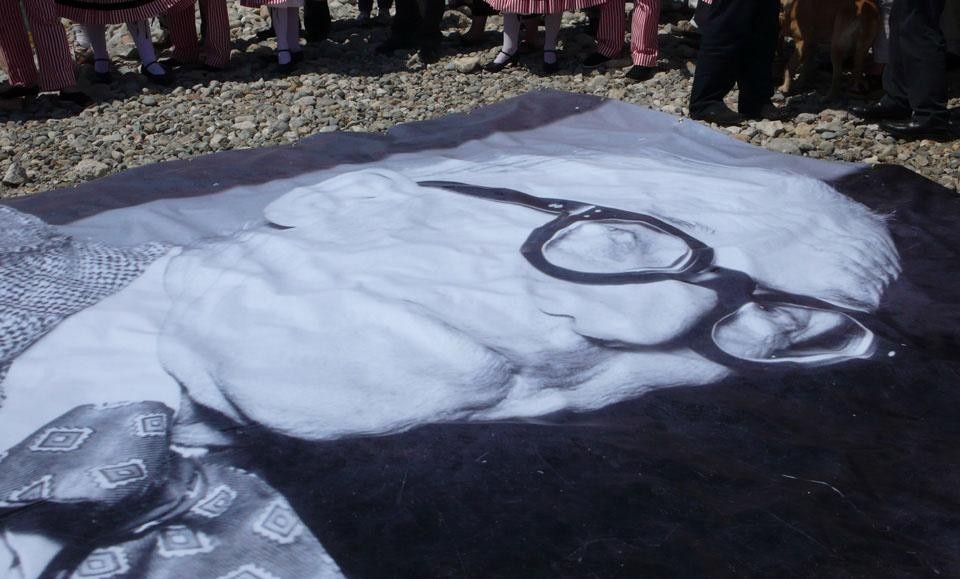
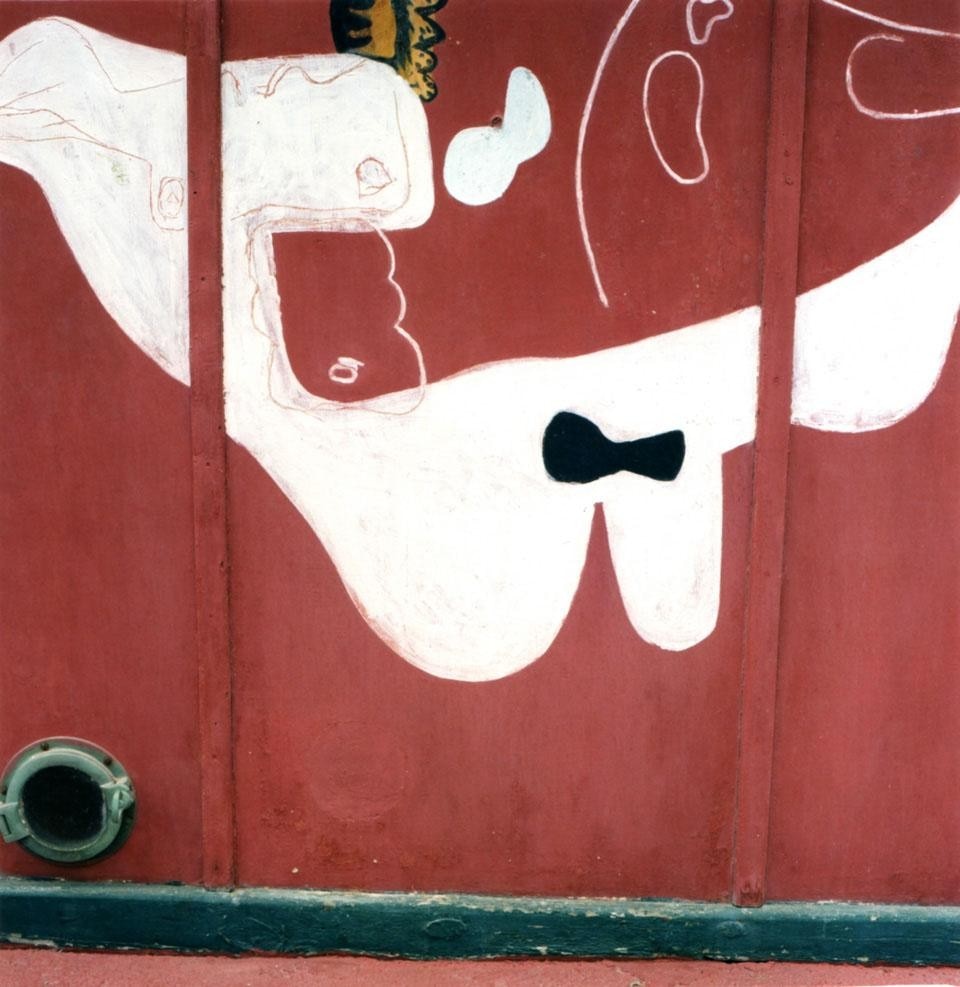
Corbusier's time there revolved around a Mediterranean lifestyle, a factor that positively conditioned his architecture and the considerations of volumes flooded with light.
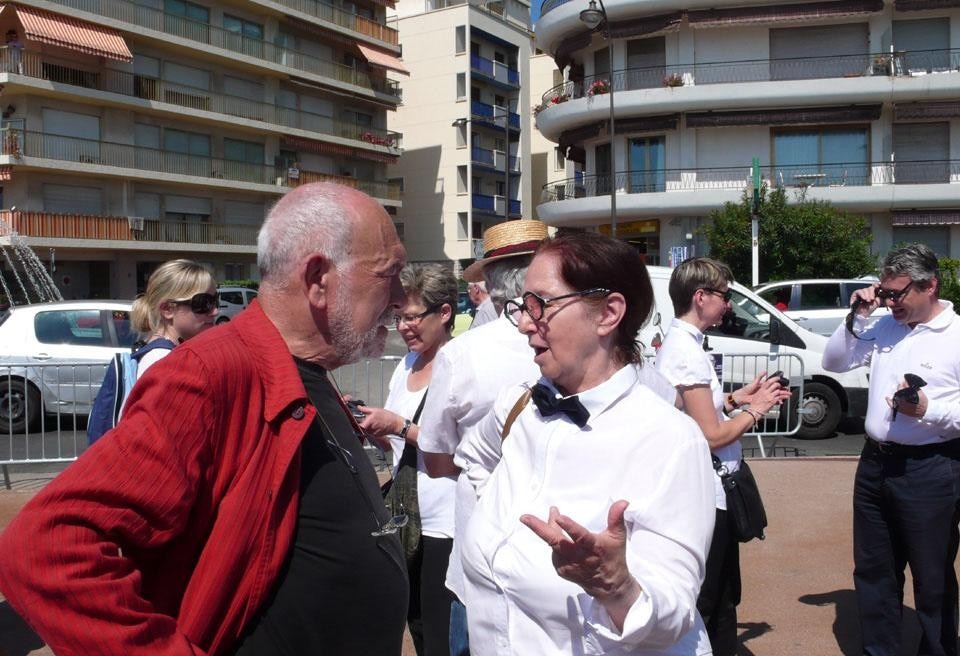
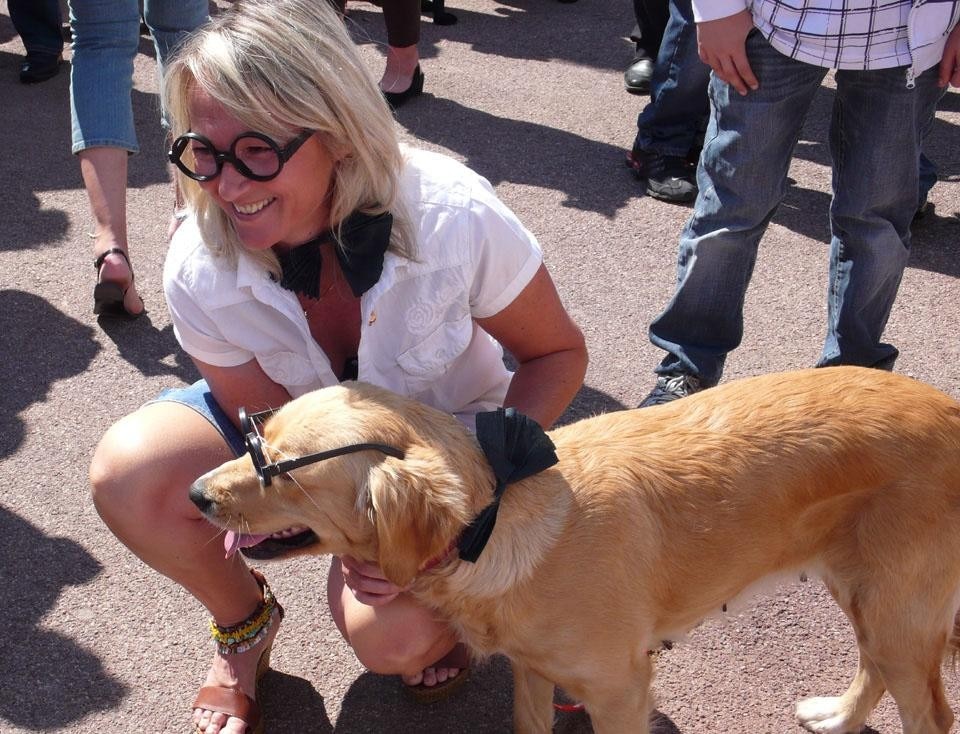
Emanuele Piccardo
Thanks to the Mairie de Roquebrune-Cap-Martin e Association pour la sauvegarde du site Eileen Gray et Le Corbusier à Roquebrune-Cap-Martin
